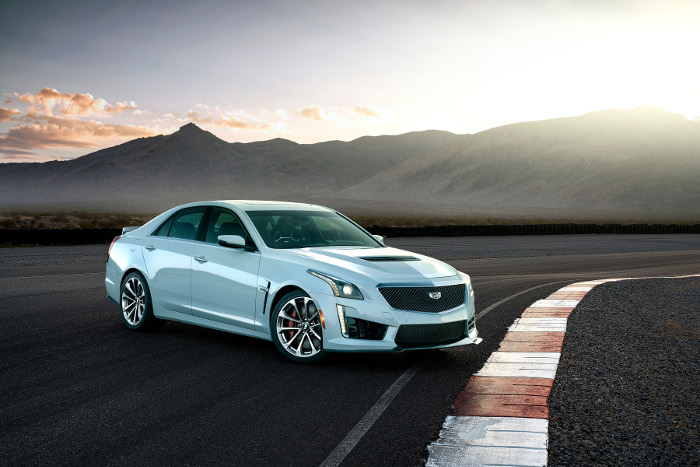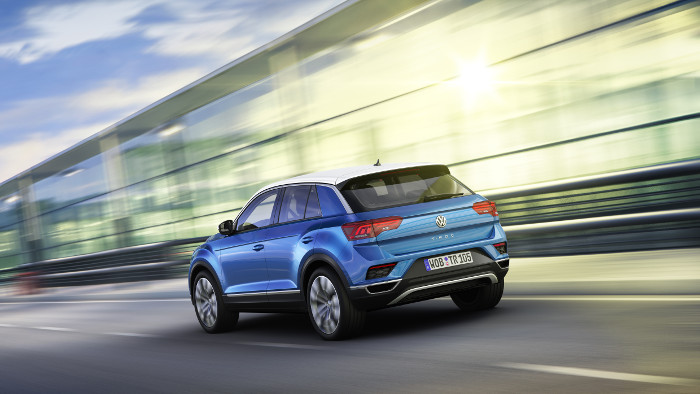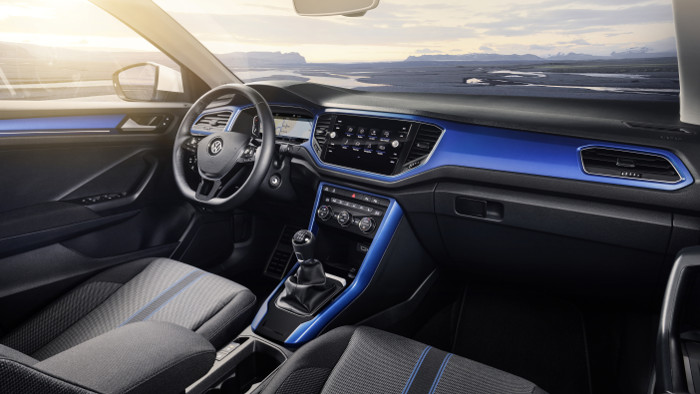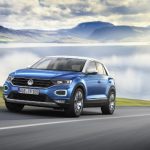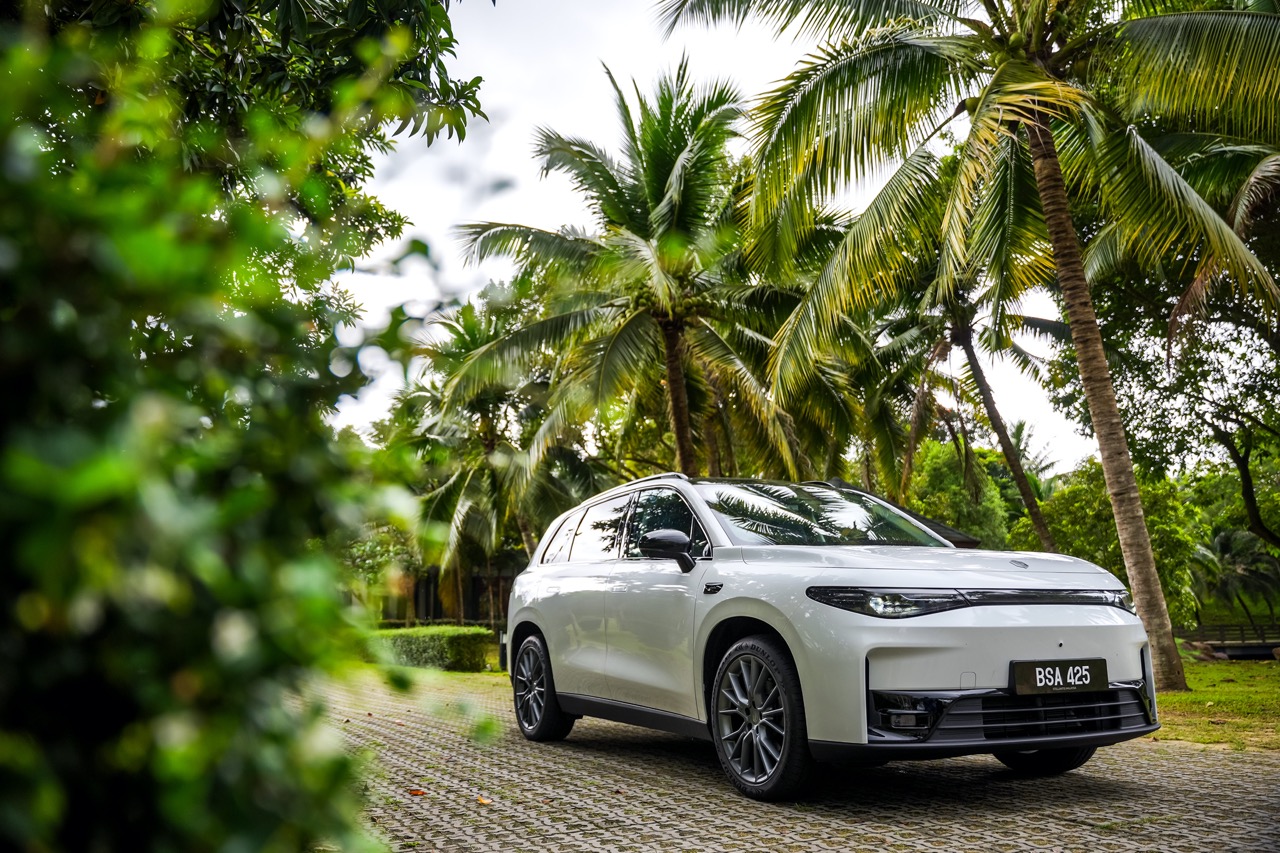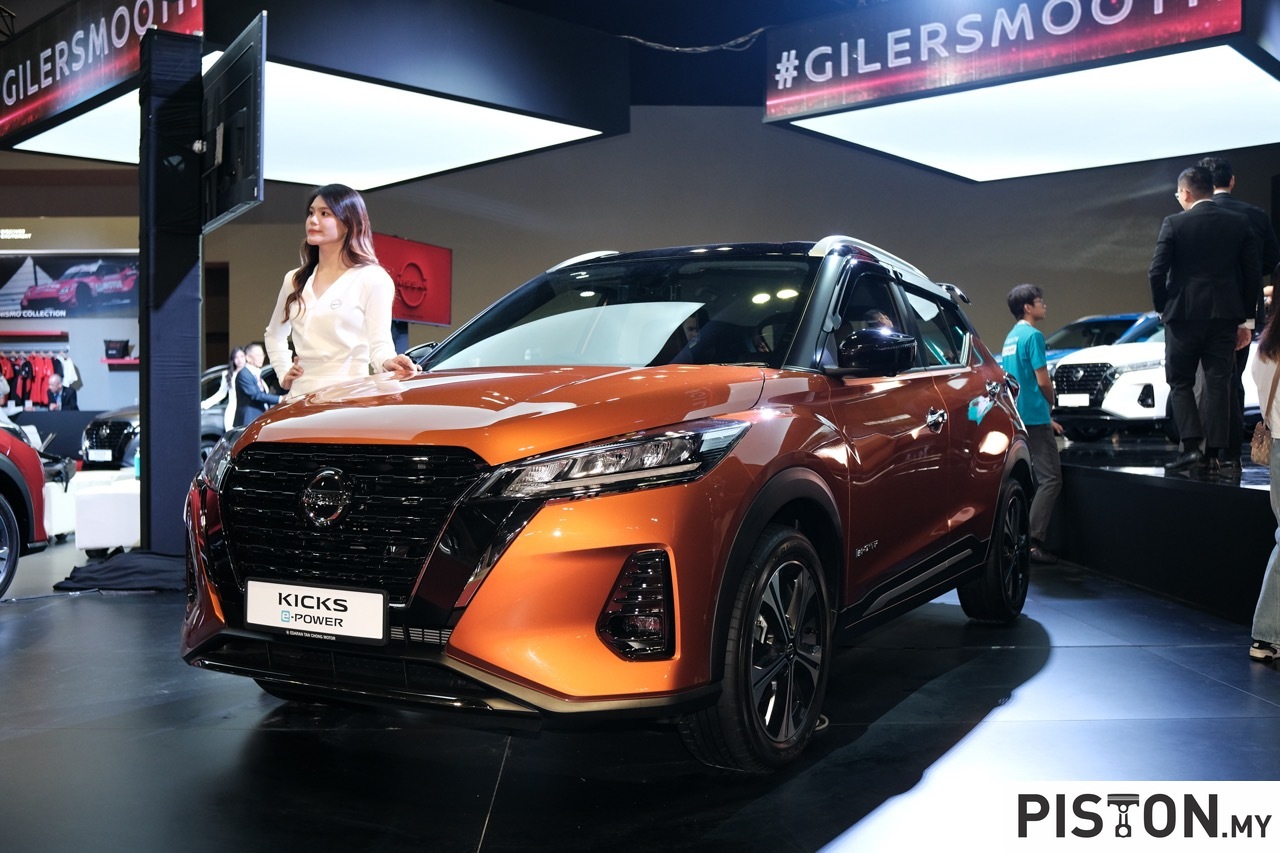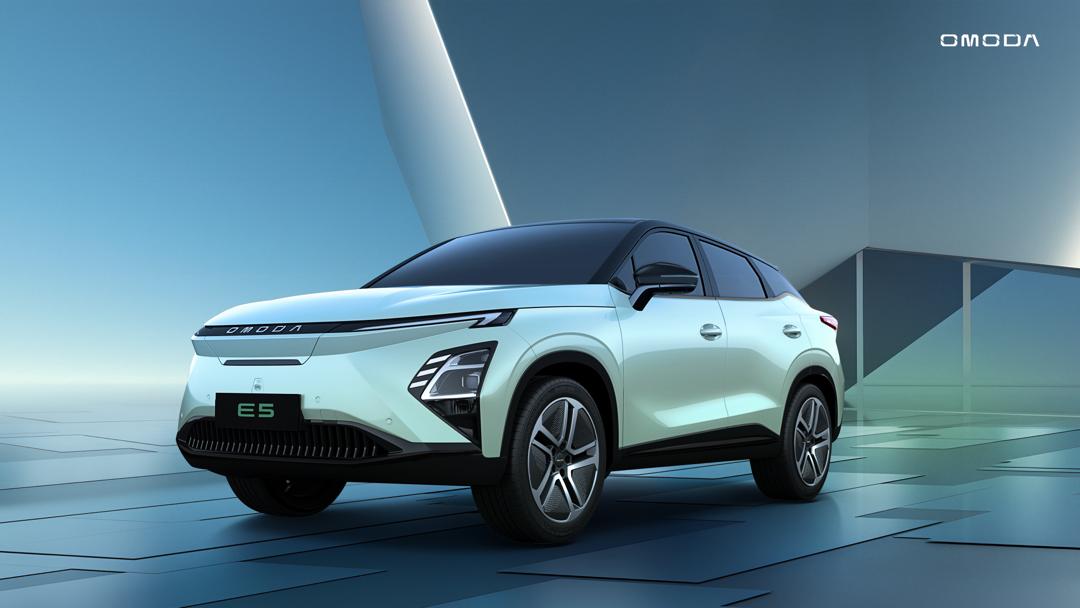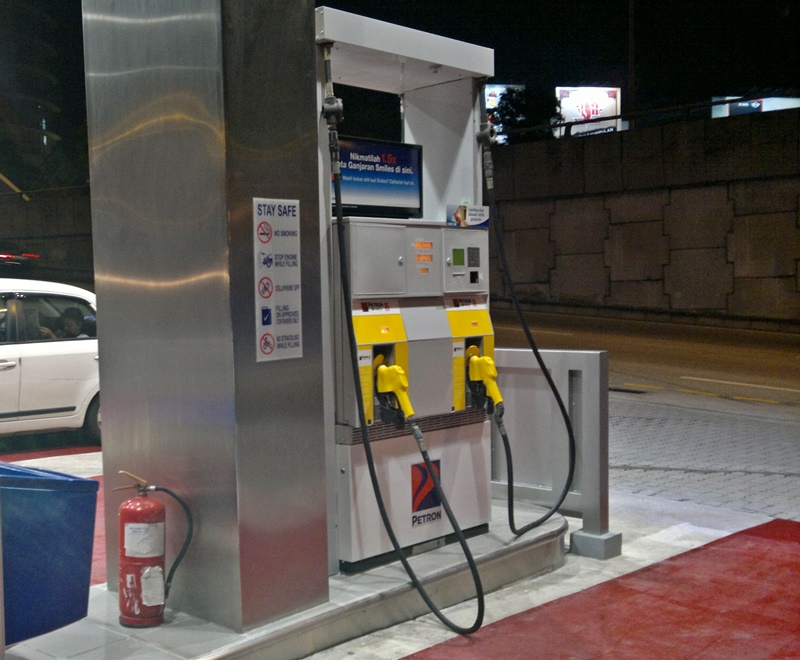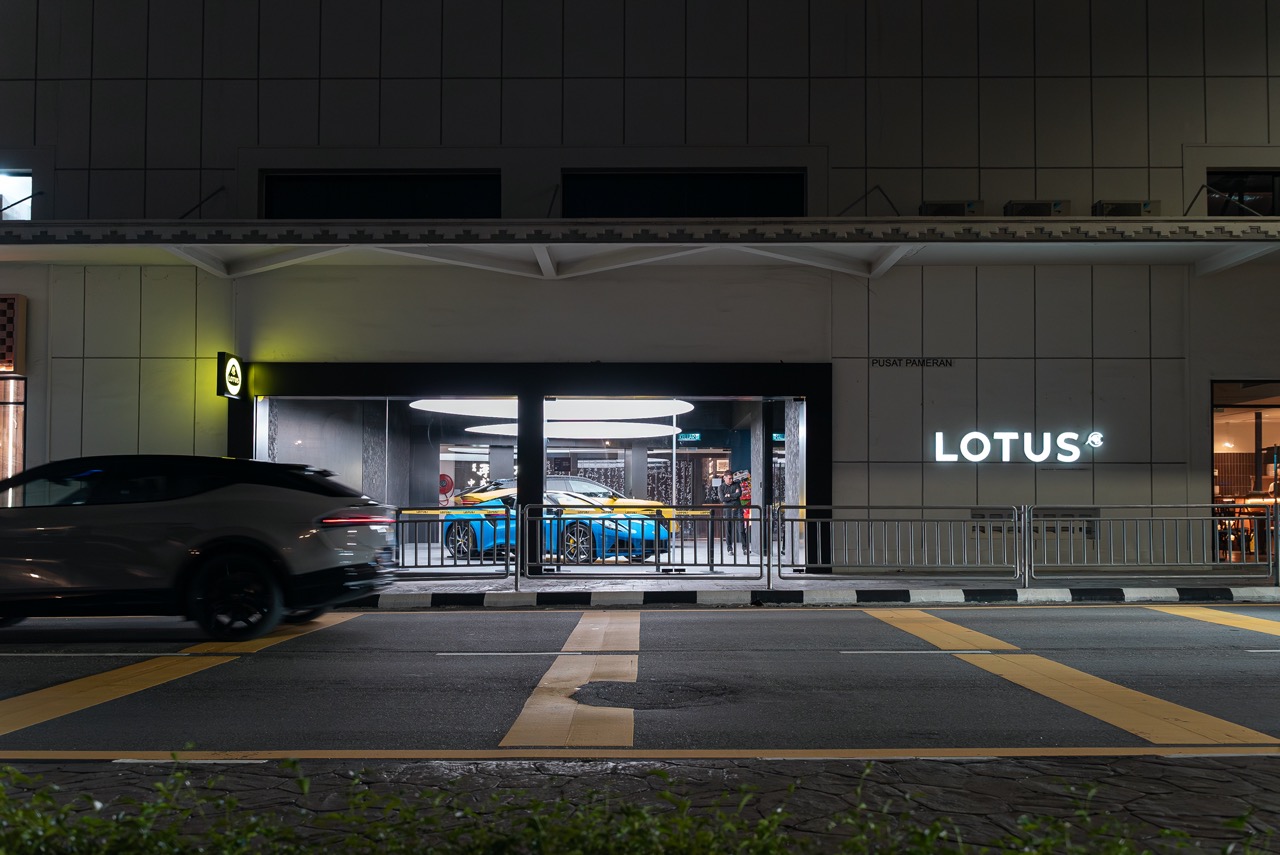Now, 80 years since the company was founded, Volkswagen is celebrating a new milestone. The 150 millionth vehicle, a Golf GTE, has just rolled off its production line cementing the notion – VW is back.
Dr. Herbert Diess, CEO of the Volkswagen brand, said, “150 million vehicles – that means we have made the dream of owning a car come true 150 million times for customers all over the world. You and your day-to-day work are the basis for this success.”
As of now, the company has 50 production sites in 14 countries and a product portfolio that includes more than 60 different models, which are sold around the globe. That number should rise further, once the German automaker kicks start production of its EV platform in 2020. These cars will utilize the MEB architecture and spearhead the automaker’s charge into the EV market.
According to VW, it has serious plans of becoming a dominant force when it comes to EVs, because it plans to have produced one million electric Volkswagens by the time 2025 draws to a close. The use of technological digitization, increasing connectivity and sensor technology is part of its future strategy of attracting customers.
The Golf has played a major part in VW’s success and has often times been referred to as the benchmark of family hatchbacks. It picked up where the Beetle left off and remains to this day as a favourite among younger car buyers. To date, more than 34 million cars have been produced, with the latest, now in the 7th generation, considered the best of the lot.
The workforce at VW’s main plant in Wolfsburg has been a key contributiorto that lead the automaker to this feat, building over 44 million vehicles since production began some 72 years ago.

















